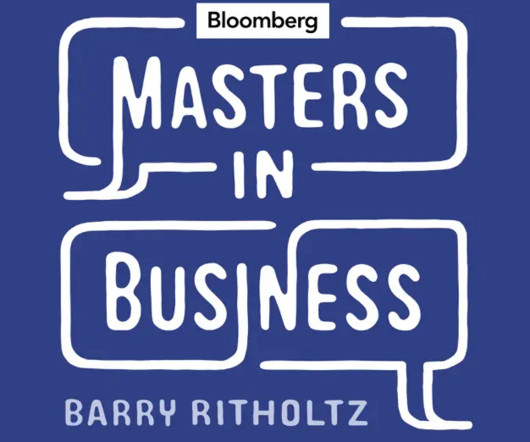Transcript: Rick Rieder
Barry Ritholtz
FEBRUARY 13, 2023
But there are so many tools at your disposal, and let alone how much duration you’re taking, how much interest, how much credit risk you’re taking, illiquidity, et cetera. And how do you make the decision, I’m not comfortable with this credit risk relative to the return it’s going to throw off?















Let's personalize your content